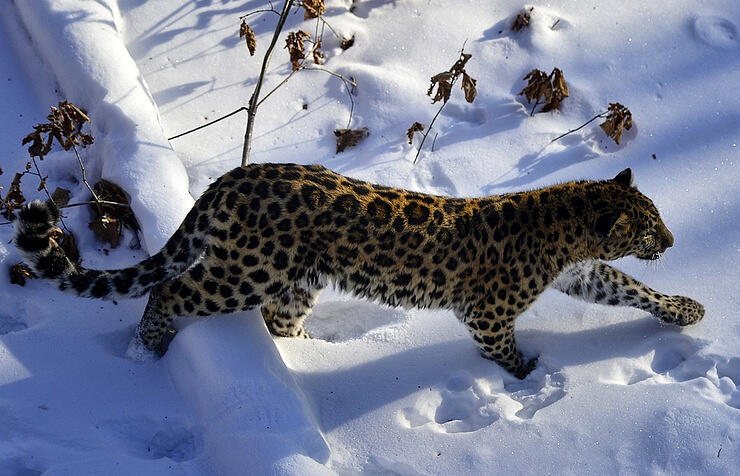Seven eco-tour routes will be launched in the Land of the Leopard National Park in Russia’s Far Eastern Primorye region in order to attract Russian tourists as well as those from Asian-Pacific countries, the park’s director Tatyana Baranovskaya told TASS.
“Seven ecological routes will be established in the national park that will cover a whole range of eco-tourism, such as learning, training, development and health activities. Work on creating picnic zones, cycling routes and horse trails is currently underway,” she said. There are only two routes in the park at the moment, the third one is going to be launched this autumn.
“In 2015, more than 2,000 people visited the park. Compared to other popular national parks this is not a great number, but the Land of the Leopard is a new national park and the number of visitors has been growing every year,” Baranovskaya noted. The residents of various Russian regions and foreign travelers are among the visitors. Tourists from Spain, Germany, the Czech Republic, Sweden and France have visited the park in the past few months, but the number of visitors from the Republic of Korea and China is much greater.
“Tigers and leopards are very important in Chinese and Korean culture. These wildcats are our common national treasure. Unfortunately, there are not many leopards left in China while there is no reliable information at all on whether these cats inhabit Korea. There are also many naturalists among the tourists who take much interest in herbs, medical plants in particular,” the national park’s director added.
As for tourists from the US and European countries, they behave differently while visiting the park. “Our wild outdoors are “very wild” for the Americans and Europeans, if it can be put this way. They get thoroughly fascinated when they see swarms of insects, which is a common thing for locals,” Baranovskaya said. The experts hope that at least 5,000 tourists will visit the Land of the Leopard National Park next year.
The Land of the Leopard National Park was established in 2012 in the Primorye region’s southwest in order to ensure the protection of the Amur leopards. The park occupies an area of 280 square hectares. Over the course of the first three years, the number of leopards inhabiting the park increased from 35 to 80.
Source: TASS











